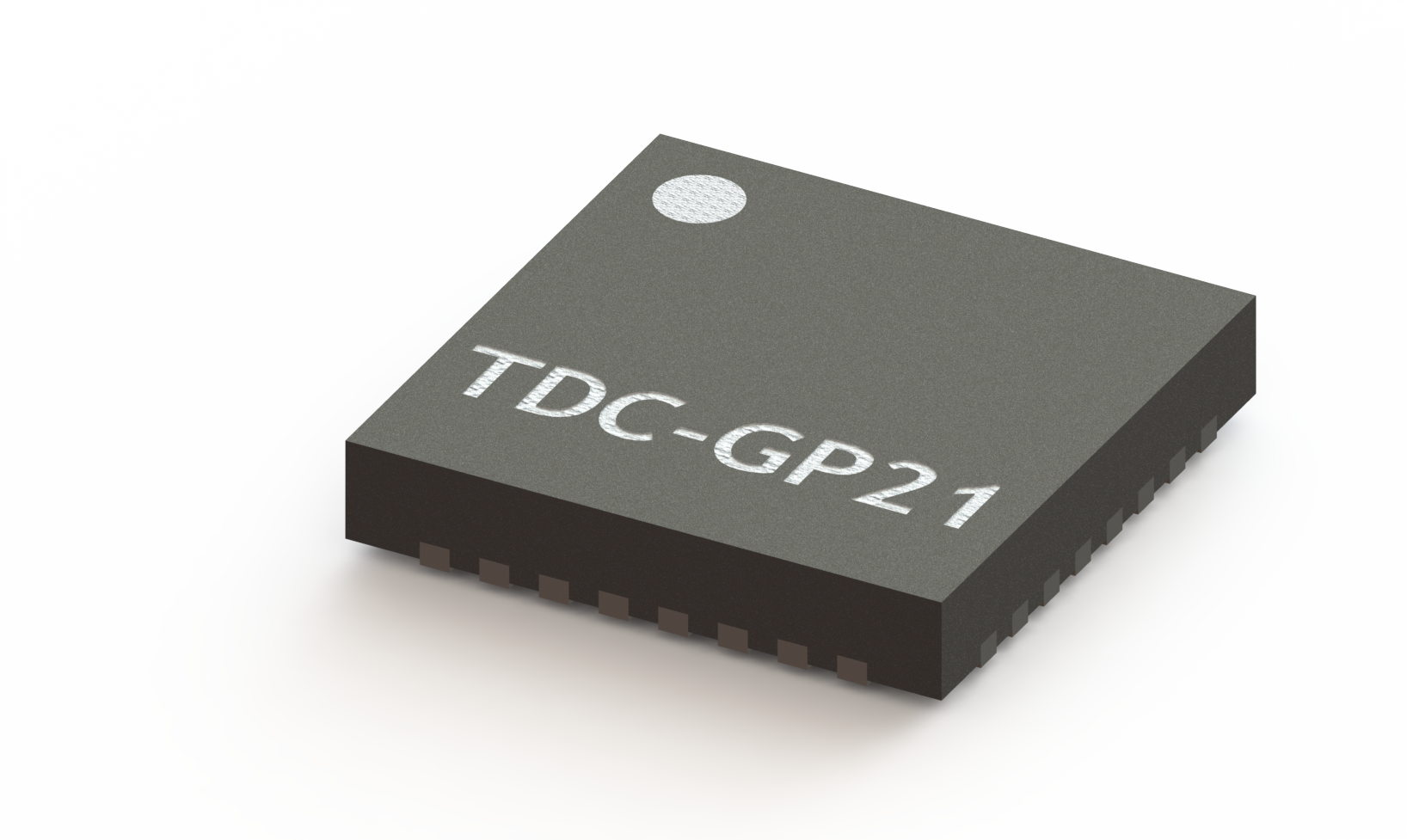
Laser scanners and distance sensors for service robots have to work under harsh and alternating environmental conditions. Strong variations in ambient light and reflectivity of the surfaces make it difficult to separate the reflected light from the ambient light.
Direct time-of-flight systems with short light pulses allow the use of high-power lasers without risking eye safety. Scanning systems allow even higher laser power per pixel than flash systems, and therefore single-beam scanning LiDAR system continue to be an attractive approach. Indeed, the technology is well known and the complexity of the electronics is manageable.
A short laser pulse in the < 1ns range is sent out to moving mirrors scanning the area of interest, an avalanche photodiode receives the optical pulse and a TIA – comparator combination creates a trigger signal for a time-to-digital converter (TDC) that measures the time.
Usually, a small portion of the light sent is bypassed internally to be used as a reference. This way any delay variations over the temperature of the drivers and receivers can be eliminated. The velocity of light is very high: 𝑐 = 299,792,458 m/s. LiDAR systems measure in reflection, which means that the distance is calculated as Distance d = ToF / 2 * c A distance of 1 mm corresponds to 6.6 ps in time-of-flight. That given, the resolution for a TDC for LiDAR systems should be < 30 ps to resolve minimum 1 cm with 50% safety margin.
ScioSense offers TDC that can measure with 10 ps resolution, but it is also honest to mention that mainly other factors like the analog front end, the reflecting surfaces and even air turbulence will be the limiting factors for distance resolution.
Another important parameter is the pulse-pair resolution, the minimum time between two pulses the TDC can measure, not ignoring the second pulse. This is important in situations where the laser beam gets reflected from several objects in a row, e.g. a group of people standing in front of a wall. An intelligent system can interpret all of them, especially the first hit and the last hit. A reasonable target spec is to have a pulse-pair resolution in the range of 6.6 ns for resolving 1 m in distance.
Figure 1: ToF timing
Another important parameter is the pulse-pair resolution, the minimum time between two pulses the TDC can measure, not ignoring the second pulse. This is important in situations where the laser beam gets reflected from several objects in a row, e.g. a group of people standing in front of a wall. An intelligent system can interpret all of them, especially the first hit and the last hit. A reasonable target spec is to have a pulse-pair resolution in the range of 6.6 ns for resolving 1 m in distance.
Figure 2: Lidar timing
Sciosense TDCs offer solutions with respect to all those features:

As a specialist in environmental and flow sensor technology, ScioSense enables companies to use the planet’s resources more sustainably, helping to create a healthier future for all.